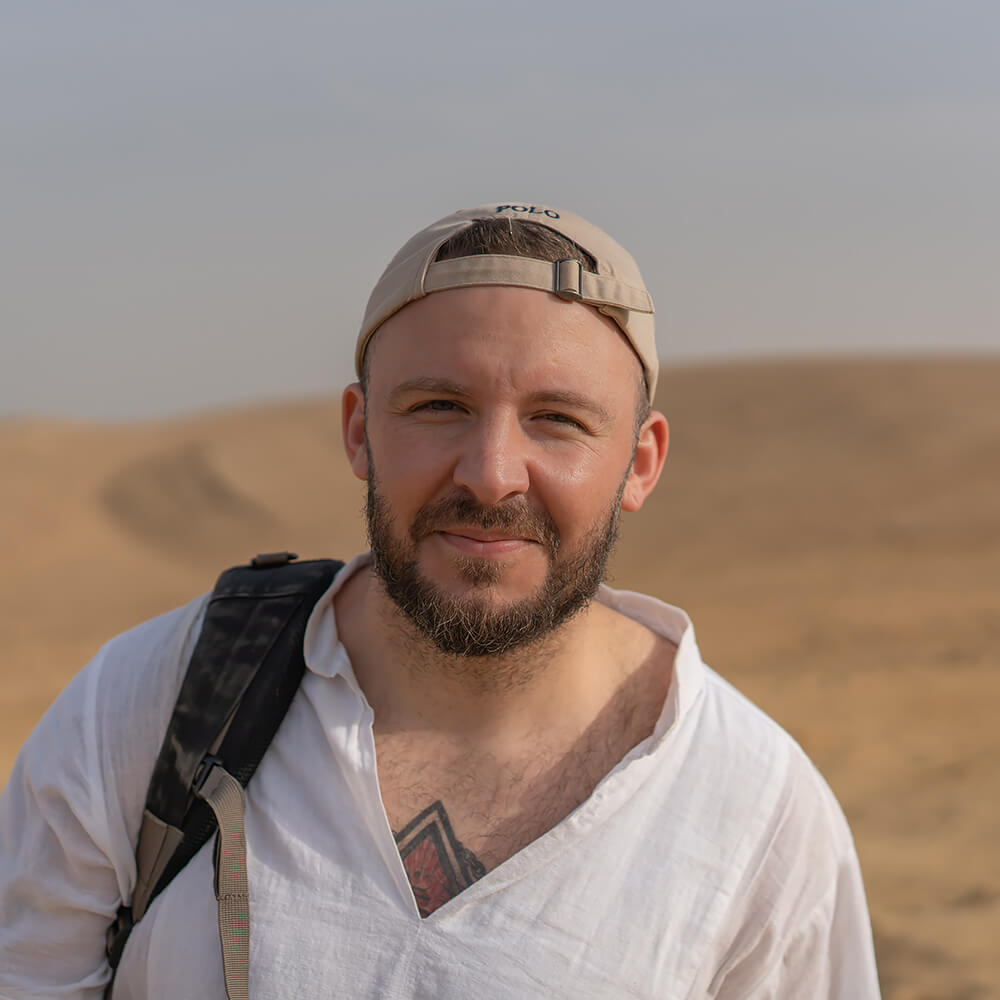Benjamin Barakat is a Lebanese/English astrophotographer born in England in 1987.
He hosts seminars, workshops & photography expeditions internationally around the world teaching others about the night sky and how to capture it.
He is based out of Switzerland where he is also a researcher at the highest observatory in Europe the
Sphinx Observatory on top of Jungfraujoch at 3571m above sea level.
He began photography in 2018 and since then has won many awards and competitions around the world. In 2021 & 2022 he was titled Milky Way Photographer of the year!
His work has been featured by National Geographic, CNN, BBC, Forbes, Guardian, Vice and many more.
Benjamin's main focus has been in the Middle East, venturing to places others dare not to go. He wants to raise awareness and share the beauty of the middle eastern landscapes and night skies.
